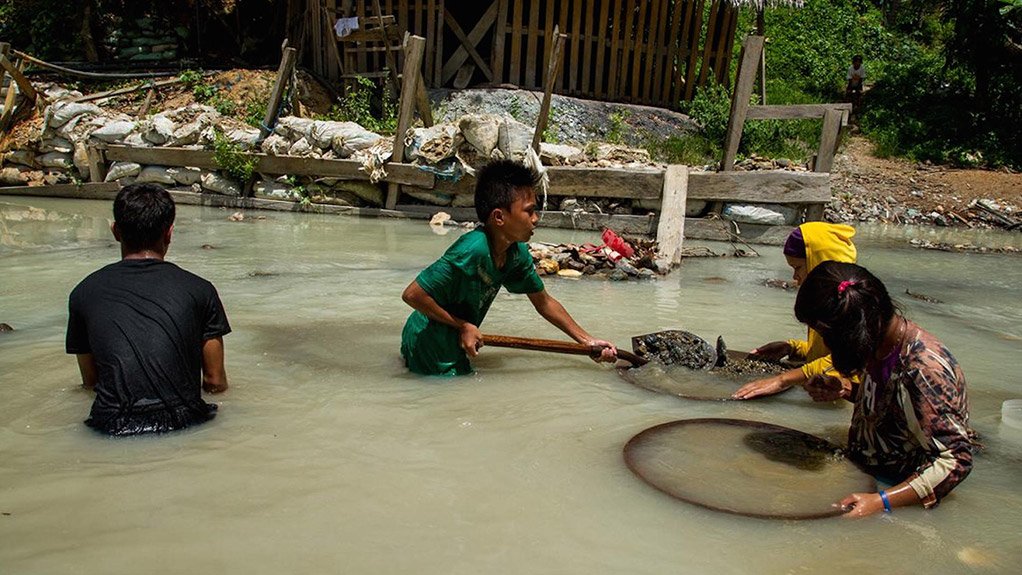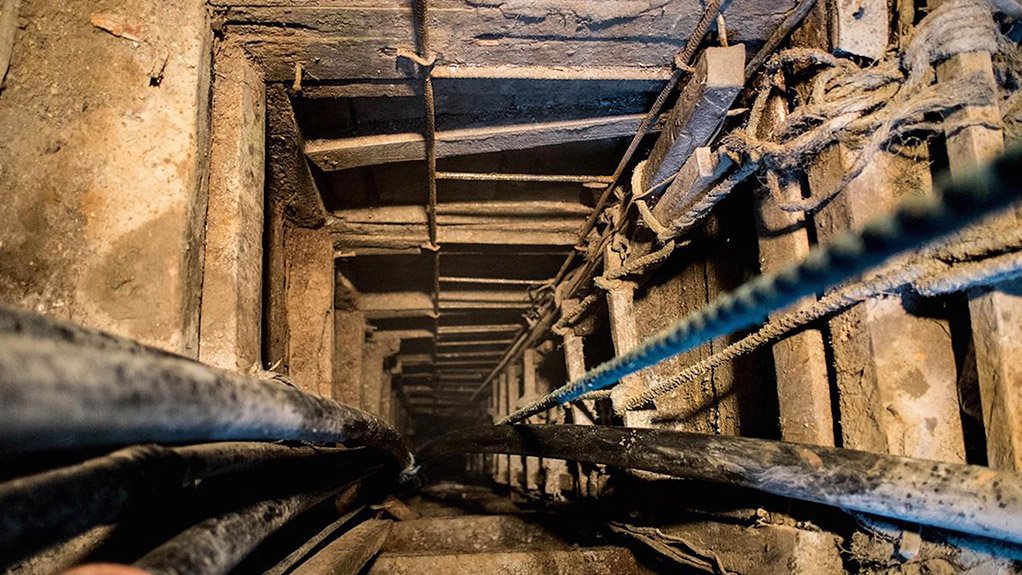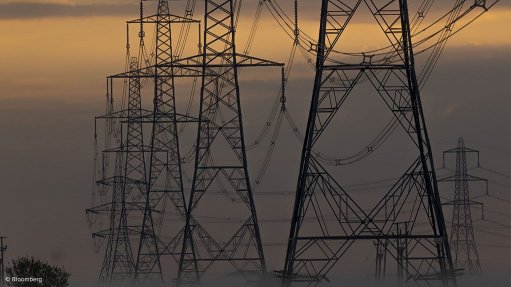Philippine child gold miners exposed to dangerous work environments – HRW



ENDANGERING CHILDRENS’ LIVES Filipino children mine gold underwater, along the shore, or in rivers with oxygen tubes in their mouths
Photo by Human Rights Watch
RISKING LIFE AND LIMB The children are terrified when they have to climb down shafts or dive into pits
Photo by Human Rights Watch
Thousands of children in the Philippines risk their lives every day to mine gold, according to research undertaken by human rights organisation Human Rights Watch (HRW).
The study found that children worked in unstable 25-m-deep pits that could collapse at any moment. The children also mined gold underwater, along the shore, or in rivers, with oxygen tubes in their mouths.
“They also process gold with mercury, which is a toxic metal, thereby risking irreversible health damage from mercury poisoning,” states HRW.
During an investigation in the Camarines Norte and Masbate provinces of the Philippines’ Bicol region between November 2014 and June 2015, HRW interviewed 65 child miners about their work in artisanal and small-scale gold mines.
The children described how they were terrified when climbing down shafts or diving into pits. They complained about the health effects of the work, such as back pain, skin infections and muscle spasms, which are consistent with the symptoms of mercury poisoning.
HRW also interviewed witnesses to a fatal mining accident in which a 17-year-old boy and his adult brother were asphyxiated in a deep pit mine in September 2014.
“The government of the Philippines has not done nearly enough to protect children from the hazards of child labour in small-scale gold mining. Although the government has ratified treaties and enacted laws to combat the worst forms of child labour, it has largely failed to implement them,” HRW asserts.
The human rights organisation states that the government barely monitors child labour in the mining sector and does not penalise employers or withdraw children from these dangerous work environments.
HRW, however, acknowledges that the government has taken some important steps to ensure education for all in the Philippines, but says that the number of out-of-school children working in gold mines remains a concern.
The human rights organisation says that mining and environmental regulations for small-scale mines, including a March 2015 ban on mercury use and underwater mining, have gone unenforced, despite government’s promise to reduce the use of mercury in processing gold and to make mining beneficial for the population.
Further, it points out that, while the Philippines has signed the 2013 Minamata Convention on Mercury, it has not yet ratified the treaty.
“The government’s lack of concrete action reflects not only insufficient staff and technical capacity, but also a lack of political will by national and local officials to take measures that will not be well received by the local communities in impoverished areas, or by mine owners and traders that rely on child labour.”
HRW says that government should improve child labour monitoring and child protection systems, and do more to reach those who have dropped out of school. It should also ensure that its programmes to address the ill effects of poverty, such as free school meals and social support programmes, reach families in mining areas, as they frequently depend on the labour of children for survival.
The human rights organisation adds that government should support the creation of a legal, regulated, child-labour-free, small-scale gold mining sector that helps rural families thrive.
“It should also ratify and implement the Minamata Convention, notably by introducing mercury-free processing methods and taking special steps to protect children from mercury.”
HRW says the country’s central bank, Bangko Sentral ng Pilipinas, buys gold from local traders and exports it, but has no process in place to check the conditions under which the gold has been mined.
“The central bank, as well as international gold trading and refining companies, should put in place robust safeguards to trace the gold back to the mines of origin, oblige their suppliers to source only child-labour-free gold and monitor child labour,” HRW concludes.
Comments
Press Office
Announcements
What's On
Subscribe to improve your user experience...
Option 1 (equivalent of R125 a month):
Receive a weekly copy of Creamer Media's Engineering News & Mining Weekly magazine
(print copy for those in South Africa and e-magazine for those outside of South Africa)
Receive daily email newsletters
Access to full search results
Access archive of magazine back copies
Access to Projects in Progress
Access to ONE Research Report of your choice in PDF format
Option 2 (equivalent of R375 a month):
All benefits from Option 1
PLUS
Access to Creamer Media's Research Channel Africa for ALL Research Reports, in PDF format, on various industrial and mining sectors
including Electricity; Water; Energy Transition; Hydrogen; Roads, Rail and Ports; Coal; Gold; Platinum; Battery Metals; etc.
Already a subscriber?
Forgotten your password?
Receive weekly copy of Creamer Media's Engineering News & Mining Weekly magazine (print copy for those in South Africa and e-magazine for those outside of South Africa)
➕
Recieve daily email newsletters
➕
Access to full search results
➕
Access archive of magazine back copies
➕
Access to Projects in Progress
➕
Access to ONE Research Report of your choice in PDF format
RESEARCH CHANNEL AFRICA
R4500 (equivalent of R375 a month)
SUBSCRIBEAll benefits from Option 1
➕
Access to Creamer Media's Research Channel Africa for ALL Research Reports on various industrial and mining sectors, in PDF format, including on:
Electricity
➕
Water
➕
Energy Transition
➕
Hydrogen
➕
Roads, Rail and Ports
➕
Coal
➕
Gold
➕
Platinum
➕
Battery Metals
➕
etc.
Receive all benefits from Option 1 or Option 2 delivered to numerous people at your company
➕
Multiple User names and Passwords for simultaneous log-ins
➕
Intranet integration access to all in your organisation




















